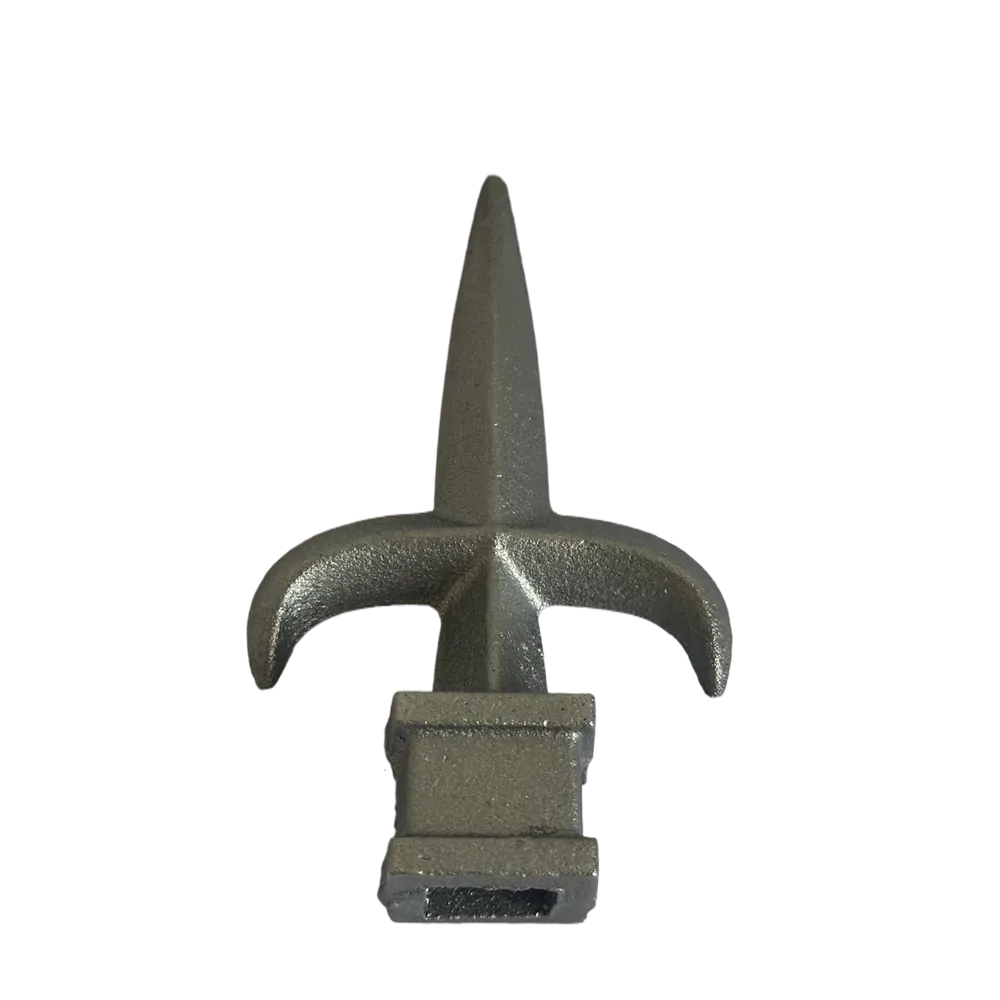ornamental iron castings
The Allure of Ornamental Iron Castings A Blend of Art and Functionality
Ornamental iron castings have a timeless appeal that seamlessly marries artistry with durability. A hallmark of craftsmanship, these intricate pieces have adorned structures and landscapes for centuries, reflecting both aesthetic beauty and functional strength. From elegant gates and railings to decorative furniture and architectural details, ornamental iron castings continue to captivate the imagination of designers, architects, and homeowners alike.
One of the primary attributes of ornamental iron is its versatility. The material can be molded into various designs, ranging from classical motifs that evoke a sense of history to contemporary patterns that embody modern aesthetics. This flexibility makes it suitable for an array of applications. For instance, homeowners often choose wrought iron for fencing and gates, as it provides security while enhancing the property’s curb appeal. Similarly, decorative railings for balconies and staircases not only serve a practical purpose but also act as a striking visual statement.
The process of creating ornamental iron castings is both an art and a science. It begins with skilled artisans who meticulously design patterns, often taking inspiration from nature, architecture, or historical designs. These patterns are then cast using high-quality iron, which is heated until it reaches a molten state. Once poured into molds, the iron cools to form solid and ornate shapes. After casting, the pieces undergo finishing processes, including grinding, polishing, and painting, to achieve the desired look and protect against the elements.
One of the reasons ornamental iron has remained popular is its durability. Cast iron is known for its strength and resistance to wear, making it an ideal choice for outdoor applications. Unlike materials that may rot, warp, or fade, ornamental iron can withstand the test of time, enduring harsh weather conditions without losing its structural integrity. This resilience is particularly important for decorative elements that are exposed to the elements, such as garden gates and fences.
ornamental iron castings

In addition to its practical benefits, ornamental iron castings also hold significant cultural value. Throughout history, various civilizations have utilized ironwork to showcase their artistic heritage. For example, the elaborate iron gates of European palaces often tell stories through intricate scrollwork and detailed motifs. In many cultures, ironwork also symbolizes strength and protection, a reflection of its functional origins as a material used in weaponry and armor.
Modern technology has further expanded the possibilities for ornamental iron casting. CNC machining and 3D modeling techniques allow for precise and innovative designs that were previously unimaginable. This blend of traditional craftsmanship and modern technology enables artisans to push the boundaries of what can be achieved with iron. As a result, contemporary ornamental iron pieces can range from minimalist designs that complement modern architecture to elaborate, historic reproductions that honor traditional styles.
Moreover, the sustainability of ornamental iron should not be overlooked. Iron is a recyclable material, and many manufacturers are now adopting eco-friendly practices to reduce waste during the production process. As the demand for sustainable building materials grows, ornamental iron castings stand out not only for their beauty and functionality but also for their environmental considerations.
In conclusion, ornamental iron castings represent a rich confluence of creativity, durability, and cultural significance. As we continue to embrace the blend of art and technology, these timeless pieces will undoubtedly remain a beloved choice in the realms of architecture and design. Whether for historical restoration, modern construction, or personal expression, ornamental iron castings offer a unique way to enrich our living spaces, making them a staple in both residential and commercial projects for years to come.
-
Wrought Iron Components: Timeless Elegance and Structural StrengthNewsJul.28,2025
-
Window Hardware Essentials: Rollers, Handles, and Locking SolutionsNewsJul.28,2025
-
Small Agricultural Processing Machines: Corn Threshers, Cassava Chippers, Grain Peelers & Chaff CuttersNewsJul.28,2025
-
Sliding Rollers: Smooth, Silent, and Built to LastNewsJul.28,2025
-
Cast Iron Stoves: Timeless Heating with Modern EfficiencyNewsJul.28,2025
-
Cast Iron Pipe and Fitting: Durable, Fire-Resistant Solutions for Plumbing and DrainageNewsJul.28,2025
-
 Wrought Iron Components: Timeless Elegance and Structural StrengthJul-28-2025Wrought Iron Components: Timeless Elegance and Structural Strength
Wrought Iron Components: Timeless Elegance and Structural StrengthJul-28-2025Wrought Iron Components: Timeless Elegance and Structural Strength -
 Window Hardware Essentials: Rollers, Handles, and Locking SolutionsJul-28-2025Window Hardware Essentials: Rollers, Handles, and Locking Solutions
Window Hardware Essentials: Rollers, Handles, and Locking SolutionsJul-28-2025Window Hardware Essentials: Rollers, Handles, and Locking Solutions -
 Small Agricultural Processing Machines: Corn Threshers, Cassava Chippers, Grain Peelers & Chaff CuttersJul-28-2025Small Agricultural Processing Machines: Corn Threshers, Cassava Chippers, Grain Peelers & Chaff Cutters
Small Agricultural Processing Machines: Corn Threshers, Cassava Chippers, Grain Peelers & Chaff CuttersJul-28-2025Small Agricultural Processing Machines: Corn Threshers, Cassava Chippers, Grain Peelers & Chaff Cutters












